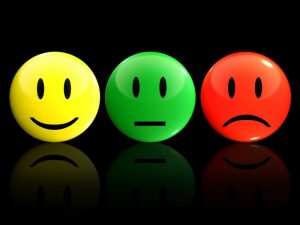
We will now focus on how our reward centers (and stress response) are both the primary cause and ultimate salvation in our war against speed. Our brain is basically a difference engine designed to assess resources and threats. Our emotions function as the ‘resource/threat level’ color coding system (i.e. look there’s a super model [resource type “Oh my!”] or here comes a grizzly bear [threat type “Holy crap, run!!!”]).
When we practice intensely, the neurotransmitters that are released make us feel powerful and generally awesome, but when we make mistakes we feel foolish and weak. So, people practice fights too fast because it feels good, which inevitably leads to mistakes, which feel bad. Then their instinctive reaction is to practice even faster to get more of the good stuff and hope that this time there will be no bad stuff with it. They repeat this action with more and more intensity until they achieve their goal, good stuff with zero bad, and they move on.
This dynamic and the feeling that a fight looks the same way it feels (a subject for a later post) are the primary reasons most people try to learn fight sequences and techniques way too fast. We will finish this part of the discussion in the next post, which will explain for emotions effect memory and how we can use this to our advantage.

